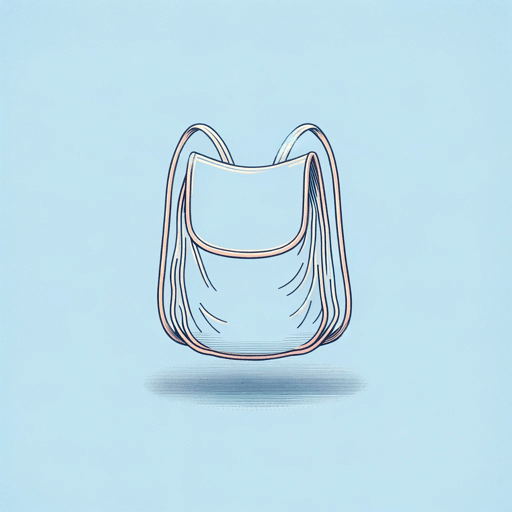49 pages • 1 hour read
Peggy McIntoshWhite Privilege: Unpacking the Invisible Knapsack
Nonfiction | Essay / Speech | Adult | Published in 1989A modern alternative to SparkNotes and CliffsNotes, SuperSummary offers high-quality Study Guides with detailed chapter summaries and analysis of major themes, characters, and more. For select classroom titles, we also provide Teaching Guides with discussion and quiz questions to prompt student engagement.
Summary and Study Guide
Summary: “White Privilege: Unpacking the Invisible Knapsack”
“White Privilege: Unpacking the Invisible Knapsack,” is an essay by Peggy McIntosh originally published in 1989 in Peace and Freedom Magazine. It is a condensed version of a longer essay published the previous year titled “White Privilege and Male Privilege: A Personal Account of Coming to See Correspondences through Work in Women’s Studies.” Both essays offer a narrative of McIntosh’s explorations into her previously unacknowledged racism. “Male privilege” describes advantages men have that they are not aware of. McIntosh argues by analogy that, as a white person, she benefits from advantages of which she has been unaware. This guide is based on an edition of the essay made available by the University of Maryland.
McIntosh defines and examines white privilege in terms of an “invisible knapsack” of benefits and advantages that only white people can access in American society. She relates that she has been told by nonwhite people that her behavior is oppressive, yet she has received no training or education to either explain those accusations or help her understand her role as an oppressor. She says, “Whites are taught to think of their lives as morally neutral, normative, and average, and also ideal, so that when we work to benefit others, this is seen as work which will allow ‘them’ to be more like ‘us’” (Paragraph 6).
McIntosh then describes the contents of the knapsack in terms of “some of the daily effects of white privilege in my life” (Paragraph 7). These are benefits to which she is reasonably sure her nonwhite colleagues are not entitled. There are 26 items in the knapsack, most of them beginning with the words “I can.” McIntosh says that she can, for example, “go shopping alone most of the time, pretty well assured that I will not be followed or harassed” (Paragraph 11). Moreover, she “can be sure that my children will be given curricular materials that testify to the existence of their race” and “be sure that if I need legal or medical help, my race will not be held against me” (Paragraph 31).
The list gives her cause for reflection: “If these things are true, this is not such a free country; one’s life is not what one makes it; many doors open for certain people through no virtues of their own” (Paragraph 34). Her whiteness open doors that remain closed for people of color, and her whiteness allows her to remain unaware of the experiences of nonwhite people. In other words, some varieties of privilege afford her only what one would want for everyone in a just society, such as the ability to use a credit card without being questioned. But other items in her knapsack give her and other white people “license to be ignorant, oblivious, arrogant, and destructive” (Paragraph 35).
Considering the difference whiteness makes in the lives of white people, she distinguishes between strength and power. “Power from unearned privilege can look like strength when it is in fact permission to escape or to dominate” (Paragraph 39). She says that if the race or position a person holds gives them the license to ignore less powerful people, it can “distort the humanity of the holders as well as the ignored groups” (Paragraph 39). McIntosh had assumed certain rights were available to all Americans as an unearned entitlement (such as security); now, she says, “the power which I originally saw as attendant on being a human being in the US consisted in unearned advantage and conferred dominance” (Paragraph 40; her emphasis).
McIntosh wants people to address the invisible knapsack conferred on one race but not others. The first step is to make it visible—to see it, acknowledge it, open it, and examine its contents. She says, “The silences and denials surrounding privilege are the key political tool here. They keep the thinking about equity or equality incomplete, protecting unearned advantage and conferring dominance by making these taboo subjects” (Paragraph 45). If key political tools on the side of the racist status quo are silence, denial, and declarations of “colorblindness,” then the path toward equality is light, acknowledgment, and a resolve to face, address, and correct the unjust distribution of power.

